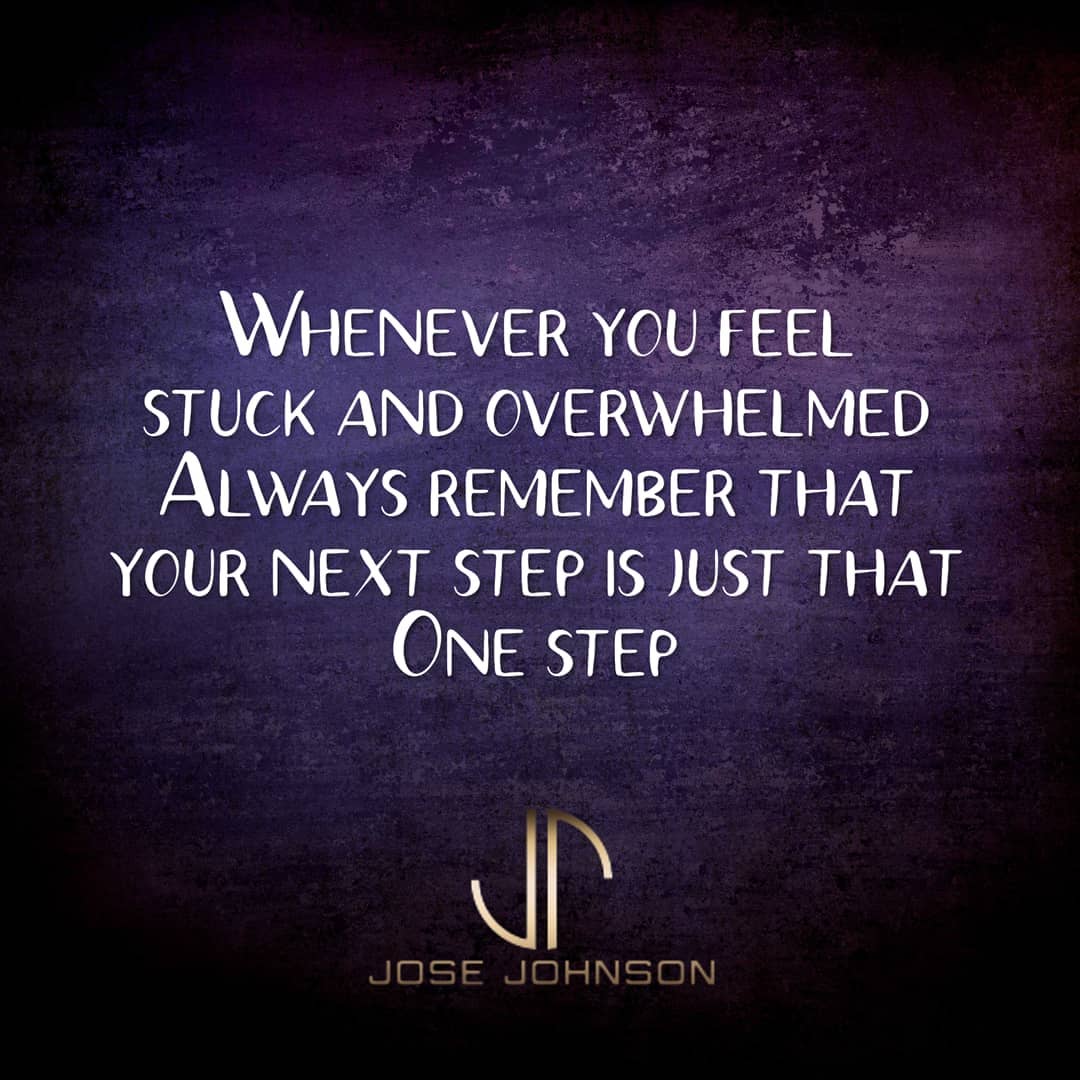Mindfulness and Emotions
Being mindful does not mean that you don’t experience emotions.
Being mindful does not mean that you don’t experience emotions. Emotions are an essential part of human nature. According to social scientists, there are three purposes of emotions: to communicate an action tendency, communicate to others in a group, and communicate a need to ourselves. But emotions do more than simply act as a method of communication. Emotions create context and cement memories. And the stronger the emotion, the stronger the memory. The problem is that we too often put our emotions in the driver’s seat. Emotions can act as fuel for change. We are motivated to act when we have a strong emotional need. But running on emotions is a lot like eating sugar. They are a quick source of energy, but you will eventually crash and burn.
Emotions are essentially chemical cocktails—a mix of neurotransmitters and hormones. And like all cocktails, their effects do eventually wear off. That is unless you keep downing them. Here is the point that traps most people, we become addicted to our emotions – even the “bad” ones. People can just as quickly become addicted to fear and sadness as they can to love and happiness. By design, emotions are fleeting. We feel what we feel when we need to feel it. Our problem is that we want to hold on to emotions. It’s like an addict that craves the high, or in the cases of many emotional addicts, the lows. So what can be done to gain freedom from unwanted emotions?
Mindfulness can be the solution that breaks us free from habits and patterns formed by emotional addiction. Emotions are a sub-conscious reaction, whereas logic is a conscious process. The emotional spiral is interrupted when we consciously shift our thoughts. You must choose to think, and when you think differently, you create a new feeling. Mindfulness is our ability to look at things objectively-to focus our attention. When we change our focus, we can better understand and manage our emotions.
When emotions become strong, use these simple mindfulness-based techniques:
- Define: Give your feelings a name. Is it fear? Anger? Guilt? This simple task of giving your feelings a name shifts your conscious awareness to your emotions.
- Acknowledge: Do this in a non-judgemental way. Your feelings want to be acknowledged. Often that simple act is all you need to regain control of your emotional state. You can say things like, “OK, I’m feeling scared right now. So what do I do next?”
- Investigate: Try to figure out why you are feeling this way. What or who is triggering your emotions? This process brings you out of your emotional reaction mode and into critical thinking mode. Critical thinking engages your prefrontal cortex, which works with the limbic system to regulate emotions.
- Identify: There are primary, secondary, and even tertiary emotions, so it’s important to get to the root. For example, expressions of anger can come from either fear or sadness. Remember, emotions are a way of communicating our needs to ourselves. So what are the needs your feelings are bringing to the surface? What do you need more of or less of to restore your emotional balance? As your mind seeks solutions, you continue to activate the higher parts of your brain, allowing the unwanted hormones in your body to fade.
- Change. Consciously choose new thoughts and actions that will create a shift by meeting your underlying needs.
Never forget that we can choose what emotions we feel by shifting our attention and intention – what we think about and how we think about it. Some people say that emotions are energy in motion. So when you start to feel emotionally stuck, get your brain moving in a new direction.
“When we change our focus, we can better understand and manage our emotions.”
Become a Mindfulness Master
Want to learn the secrets about why mindfulness works and how you can easily apply it to your daily life? Sign up for my “Mindfulness Secrets Decoded” course and unlock the answers. This course contains my “Mindfulness Secrets” book, almost three full hours of video explanations, exercises, meditations and MUCH MORE. Use the coupon code “CHEMISTRY” and get the entire course for only $49!

Embracing Resilience: The Power Within
Resilience teaches us that setbacks are not permanent, but temporary detours on our journey.

How Wet Are Your Pants?
2020 will go down in the history books as one of the most traumatic times in recent history. First, we experience a global pandemic that resulted in most of the world as we know it shutting down as stay at home orders were implemented, resulting in our economy teetering on the verge of collapse.
Corporate & Academic Services
One-On-One Executive Coaching
Leadership Teams | small group
Staff Enrichment | large groups
Speaking Engagements
Businesses
Conferences
Community Groups
Courses
Mindfulness
Tai Chi & Qigong
Goal setting & Change Management
JOIN THE COMMUNITY
Join my email list for tips on practical mindfulness, news, book updates, and events.


